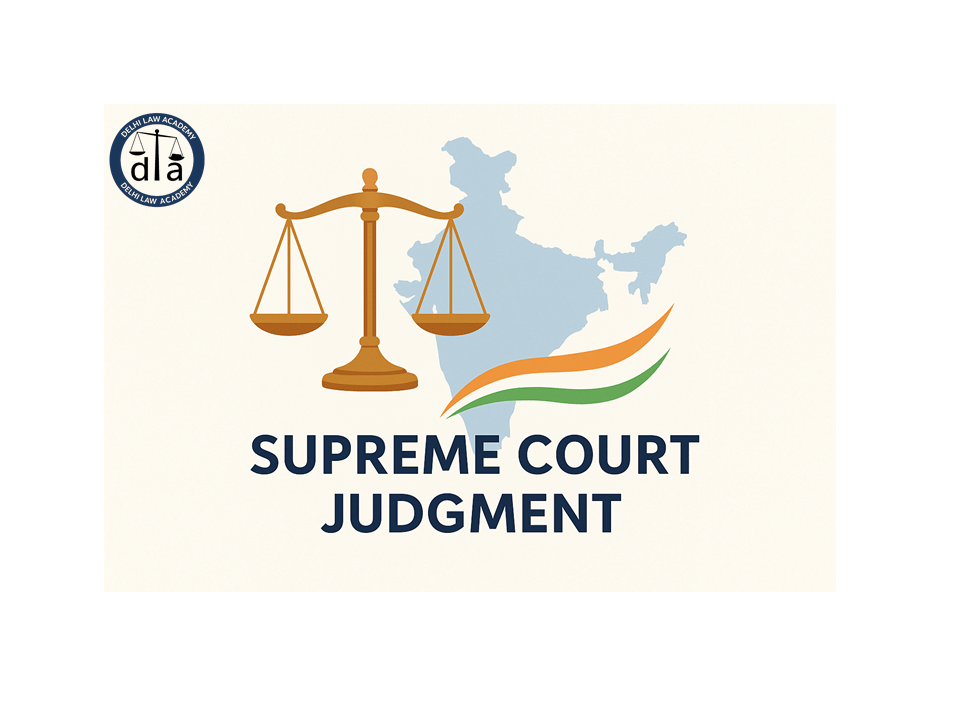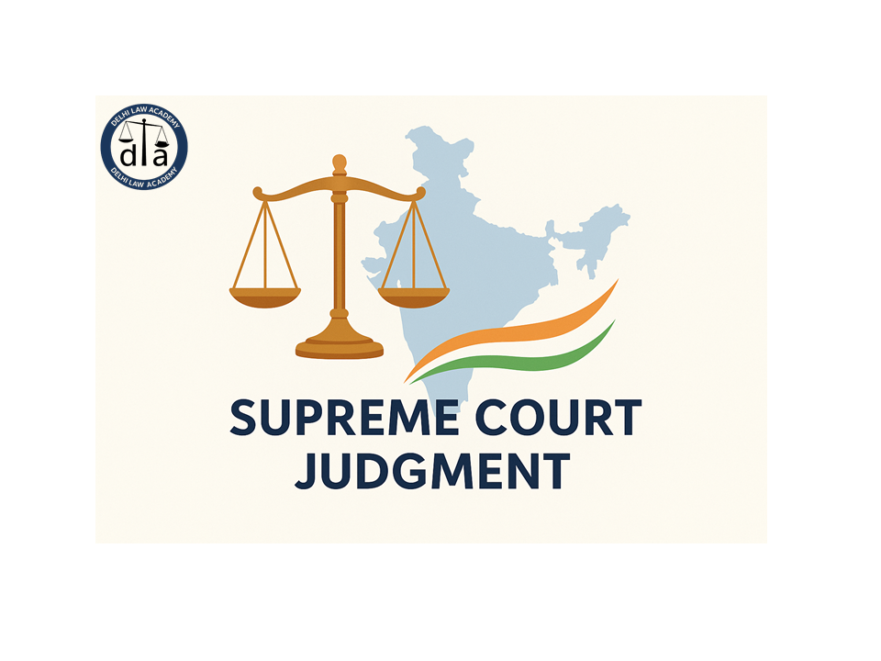
⚖️ Communications Between Conspirators While the Conspiracy Was On
📜 Section 10 – Mirza Akbar v. Emperor [1940 PC]
The appellant was charged with conspiracy to murder, in consequence of which conspiracy murder was committed. Under the joint effect of Section 302/120B of Indian Penal Code, he was convicted and sentenced to death by Additional Sessions Judge, Pehawar Division.
The appellant was tried along with the actual murderer Umar Sher, and with Mst. Mehr Taja who had been the wife of the murdered man, Ali Askar. The murder was committed on August 23, 1938, in the village of Taus Banda. The guilt of Umar Sher was not really open to doubt. He was practically caught red-handed.
Umar Sher’s main defence seems to have been absence of motive. This fact however was relied upon by the prosecution as showing that he was a hired assassin, bribed to commit the murder by the appellant and Mst. Mehr Taja who were co-conspirators in that regard. This was found by the Court to have been the fact. The principal evidence of the conspiracy between these two prisoners consisted of three letters, two from the female prisoner to the appellant, and one from the appellant to the female prisoner.
📩 Relevant Portions of the Letters
“Greetings to thee O my sweet-heart. Now I shall sell myself and do this act if only I have thee at my back. What a blissful hour it would be when with Amir Jan wailing over Ali Askar we contract our Nikah and enjoy ourselves… Accept my greetings.”
“Letter to the sweet-heart. For God’s sake spare not a moment or thou wilt ever repent my loss. They are all one against me. It would be better if aught thou couldst do.”
“My sweet-heart and the bearer of my burden… Mirza Akbar’s limbs have grown sapless after thee.”
💬 Court’s Findings
The judges in the Court below found in these letters, their authenticity being established, evidence justifying the conviction of the appellant and Mst. Mehr Taja.
The Judicial Commissioner, while dismissing the appeals, summed up the position with special reference to the letters. He said:
⚖️ Legal Principle – Section 10 of the Evidence Act
The appellant’s contention was that the conclusion was vitiated by the admission as against him of a statement made by Mehr Taja before the Examining Magistrate after she had been arrested on the charge of conspiracy. That statement which was made in appellant’s absence was admitted in evidence both by the trial judge and by the Judicial Commissioner as relevant under Section 10 of the Evidence Act.
Where the evidence is admissible, it is on the principle that the thing done, written or spoken, was something done in carrying out the conspiracy and was receivable as a step in the proof of the conspiracy.
Their Lordships emphasized that statements made after the conspiracy has ended, or after arrest, cannot be treated as part of the “common intention” since it no longer exists. Only communications made while the conspiracy was ongoing, and which advance it, fall within Section 10.
🔍 Distinction Drawn by the Court
- 🕰️ Statements made while the conspiracy is on foot → admissible.
- 📜 Statements made after arrest or after conspiracy ended → not admissible.
The statement of Mehr Taja fell under the latter category and was wrongly admitted. However, even after excluding it, the remaining material, especially the letters, was sufficient to justify the conviction.
✅ Final Holding
The Privy Council held that the letters clearly showed a conspiracy to murder Ali Askar. The supposed argument that the letters were about divorce or money was untenable.
In summary: Only communications between conspirators made while the conspiracy was active and in furtherance of it are admissible under Section 10 of the Evidence Act.
📚 Further Reading for Law Aspirants
Explore more useful resources from Delhi Law Academy to strengthen your preparation:
Section 10 of the Indian Evidence Act allows statements, actions, and writings made by one conspirator to be admissible against others — but only when they are made while the conspiracy is ongoing and in furtherance of its objectives.
Communications are admissible only if they occur during the existence of the conspiracy and are made to promote or carry out the plan. Statements made after arrest or after the conspiracy has ended are not admissible under Section 10.
The Privy Council held that only communications made while the conspiracy was on foot can be used as evidence against co-conspirators. Statements made afterward, describing past acts, are not admissible.
The three letters exchanged between the accused clearly revealed their common intention to murder Ali Askar. These letters were written while the conspiracy was ongoing, making them admissible under Section 10 as substantive evidence.
Mehr Taja’s statement was made after her arrest, when the conspiracy had already ended. Since it did not form part of the active conspiracy, the Privy Council ruled that it could not be admitted under Section 10.
The case clarifies that timing is crucial — only acts or statements made in furtherance of a live conspiracy are admissible against co-conspirators. This principle prevents unfair use of post-conspiracy confessions or narratives.
Contact us
📍 Delhi Law Academy – Jaipur Branch
6C, Tower 2, Coaching Hub, Pratap Nagar, Jaipur – 302033
📞 Phone:
+91 9911916552
+91 8447285606
✉️ Email:
contactus@delhilawacademy.com

